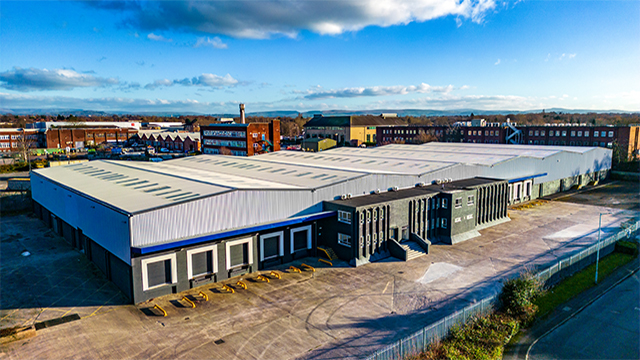VAT – Zero-rating – Construction works – University obtaining planning permission for construction of building in two phases – Appellant carrying out phase 2 seven years after completion of phase 1 – Respondent commissioners concluding supply of construction services for phase 2 was for enlargement of or extension to phase 1 standard-rated for VAT – Appellant appealing – Whether supply being for continuation of phase 1 zero-rated for VAT – Appeal dismissed
The appellant was a subsidiary company of the University of York and was registered for VAT. In 2003, the university obtained planning permission for the construction of two phases of a research building. Phase 1 was completed in 2004. In 2011, after additional funds had become available, the university commissioned the appellant to undertake the works for phase 2 of the construction, which essentially doubled the size of the building. From the outset, it was planned to construct the building in two phases and the building that was ultimately constructed in two phases was built according to that original plan. A sacrificial wall was specifically incorporated into the first phase for that purpose.
The appellant contended that the supply of the phase 2 construction services should be zero-rated for VAT purposes. The respondents concluded that phase 1 had produced a complete building, which had been used as a fully functioning stand-alone facility for seven years before the phase 2 works were undertaken. Therefore, the phase 2 works were an extension to an existing building which fell to be standard rated by virtue of note 16 to Group 5 of Schedule 8 to the Value Added Tax Act 1994. That decision was upheld on review. The appellant appealed to the First-tier Tribunal contending that the respondents should not proceed from a presumption against the applicability of phasing and then judge cases by a disaggregated tick-box approach without effective and holistic consideration of each case. There were good prudential reasons why phasing was used for large construction projects and it was prejudicial to the public interest an arbitrary and contrary to natural justice for the respondents to operate the principle in a way which produced uncertainty at the time of construction.
The respondents argued that, if there was a gap in time between two phases of construction, it was necessary to look at the length of the gap and the reasons for it. In this case, phase 1 had functioned independently as a fully operational research facility for seven years before phase two commenced and there was no temporal connection between the two.
Held: The appeal was dismissed.
It was a question of fact and degree as to when the original building could be said to come into existence so that additions thereafter became standard-rated for VAT purposes. That question had to be answered as at the date of supply, based on an examination and comparison of the physical character of the building as it as before the works were carried out and the building as it would be after the works had been completed, having regard, amongst other things, to similarities and differences in appearance, the layout and how the buildings were equipped to function. If, after the later works were completed, the building retained exactly the same appearance and layout and functioned in exactly the same way, the later works were likely to be an enlargement or extension.
A relevant question was whether the ordinary reasonable person, with knowledge of the facts, would conclude that the later building was an enlargement or extension of an existing building. The fact that the later works were intended from the outset, and were included in the original planning permission, did not conclusively mean that the later works were in the course of construction of the original building, but it might be a relevant factor. The time of first occupation might be relevant but it was not the only factor. The subjective intentions of the appellant as to the building’s future use and its actual subsequent use were irrelevant, as was the effect of the later works on the appellant’s activities as a whole.
The terms of the planning permission regulating the future use of the building were also irrelevant save only in so far as they threw light upon the potential use and functioning of the buildings. There had to be a sufficient temporal link between the earlier works and the later works. The two had to be sufficiently linked in time. In determining whether there was a sufficient link, it was necessary to look at both the reasons for, and length of the delay, and to consider whether the reasons justified the length of the delay: Central Sussex College v Commissioners of HM Revenue and Customs [2014] UKFTT 1058 (TC) followed. Hoylake Cottage Hospital Charitable Trust v Commissioners of HM Revenue and Customs [2011] UKFTT 48 (TC) distinguished.
Applying those principles to the facts of the present case, and weighing all the relevant factors, phase 2 of the building was, for the purposes of item 2 in Group 5 of Schedule 8 to the 1994 Act, an enlargement of or extension to, phase 1, rather than a continuation of the original development.
Graham Gilbert (manager of the appellant) appeared for the appellant; Philip Shepherd (HMRC Senior Officer) appeared for the respondents.
Eileen O’Grady, barrister
Click here to read transcript: York University Property Company Ltd v Commissioners for HM Revenue and Customs







